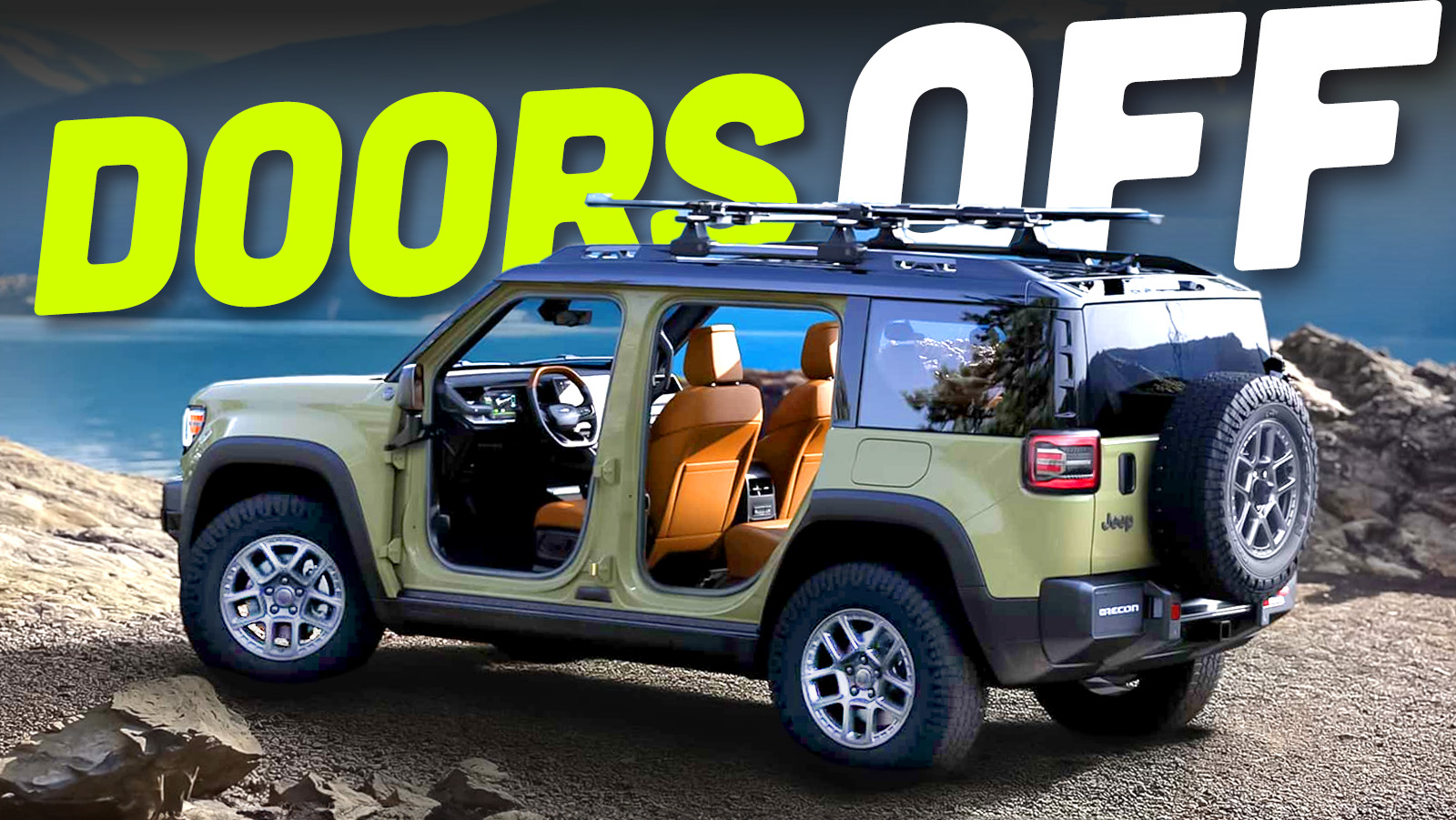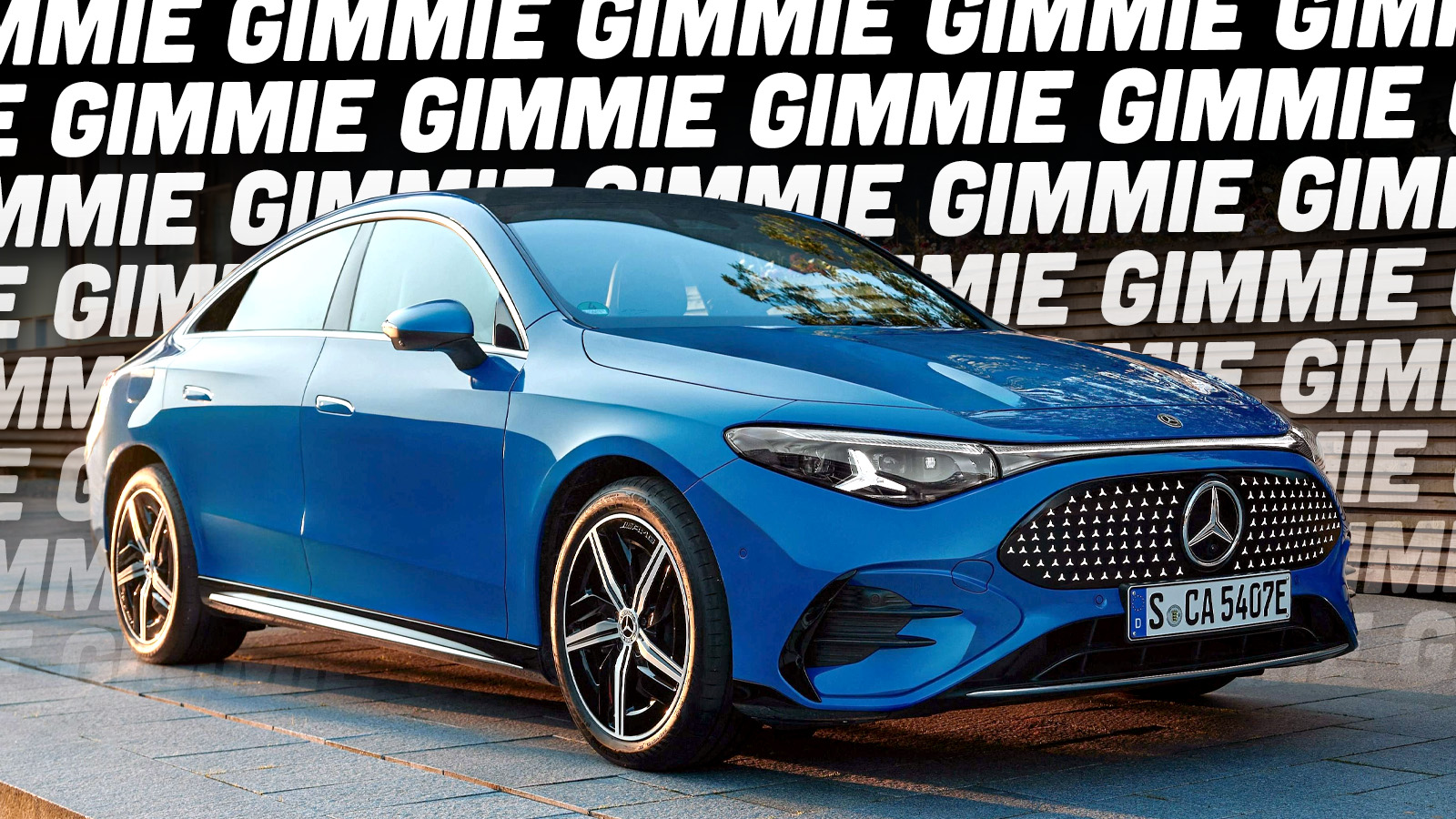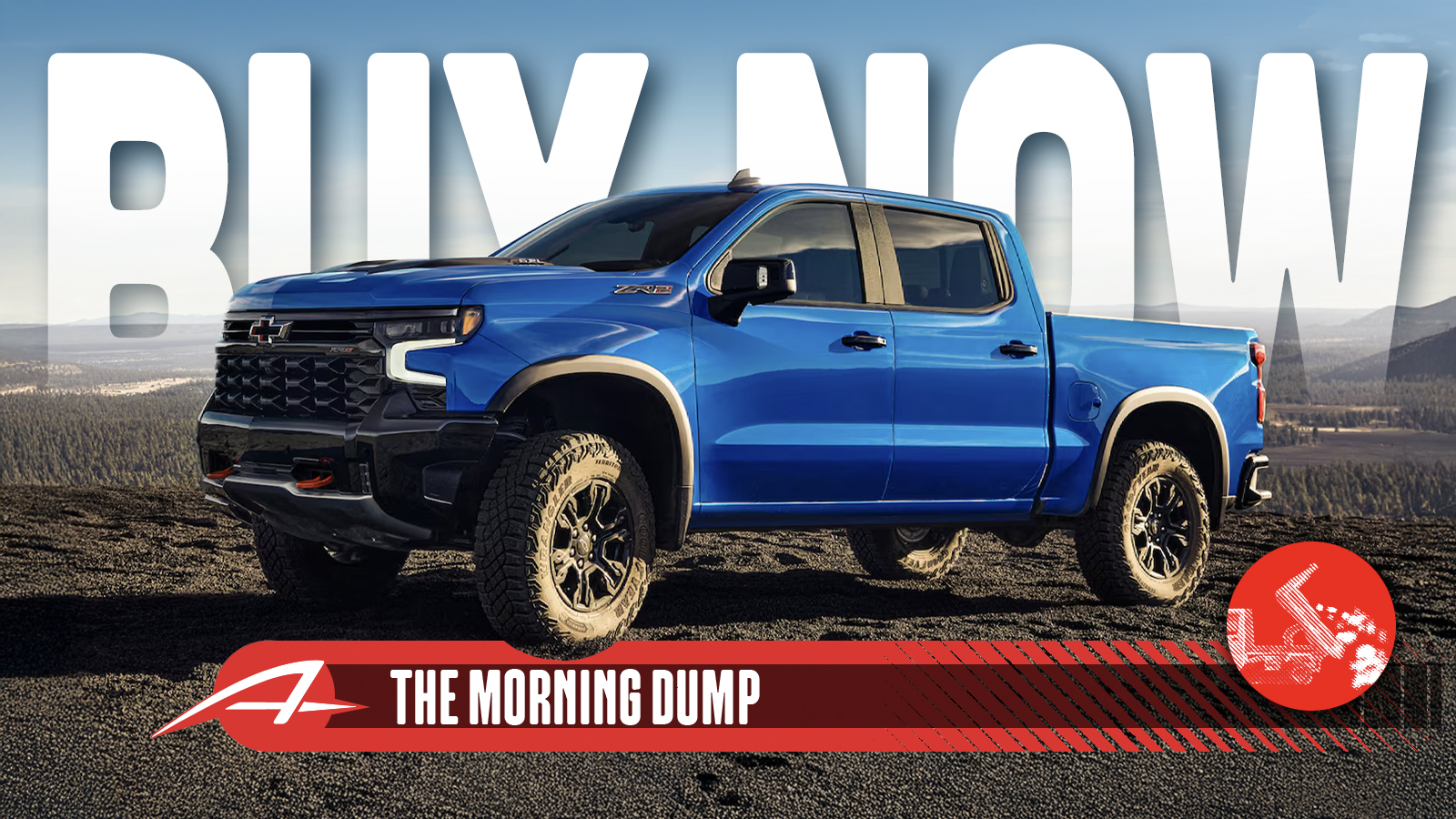In many corporate cultures, blame is the one currency that’s easy to give but difficult to hold. Who is really to blame for Nissan’s woes and, more pointedly, for the hard decisions the company now has to make? I think it’s important to reflect on this as the current CEO decides to make a change that, up until recently, seemed almost impossible.
This Morning Dump is going to weigh what it says very carefully, because my instinct is to praise Nissan leadership for making the hard choices. At the same time, the fallout from these decisions will fall hardest on the people least to blame. Making the “hard choices” is easier when you’re making millions of dollars no matter what.
Who to blame for inflation? For a long time, some of the biggest contributors to inflation were cars and car-related services like insurance. Now the opposite is happening. Who gets credit for that? Tesla goes to trial in Florida over a tragic death involving the car’s autopilot system and there, too, is a place to talk about blame.
At least with Stellantis, the blame game is a little easier, as all the people who left under the Tavares regime start returning.
Nissan’s History In The Oppama Plant, Which Is Why It’s Wild They’re Closing It

Back in 1961, Nissan was at the start of a post-war resurgence that would peak somewhere around 1996. The vehicle that Americans probably most associate with Nissan (then Datsun) of that era is the 240Z. For car enthusiasts and everyone else, it’s probably the Datsun Bluebird. This was a reliable, compact, and attractive sedan/coupe/wagon/truck that would underpin the company’s global expansion.
This car was built at the then-high-tech Oppama plant in Kanagawa Prefecture. It was a longtime symbol for the Japanese company and is, even today, the flagship plant for the company. In spite of the success of our NV200 Taxi, the actual NV200 is only marginally popular, and so it doesn’t make sense to keep that plant open. Where is it built? You guessed it: Oppama.
And now this iconic factory is being closed. Or, eventually, it’s being closed. Here’s what Nissan put out this morning:
This decision applies solely to the Oppama plant within the Oppama district. Other facilities and functions in the district—such as the Nissan Research Center, GRANDRIVE, the crash test facility, and Oppama Wharf—will remain unaffected and continue operations as usual.
Nissan CEO Ivan Espinosa stated, “Today, Nissan made a tough but necessary decision. It wasn’t easy—for me or for the company—but I believe it’s a vital step toward overcoming our current challenges and building a sustainable future. The Oppama Plant is a proud part of our history, and its legacy will endure. I want to sincerely thank our employees, the local community, and our partners who have supported this plant with dedication and heart. We will continue to operate in the Oppama area with strong support for the local community, as we carry forward the spirit of Oppama plant and work to restore Nissan’s true value.”
Regarding the future utilization of the Oppama plant after production ends, Nissan will explore a wide range of options to determine the most appropriate path forward. Employees currently working at the Oppama plant will remain in their employment until the end of fiscal year 2027. To address concerns regarding employment and work arrangements beyond that point, the company will establish clear policies, communicate them to affected employees, and initiate discussions with the union promptly once decisions are finalized.
FY2027 is actually 2028, so that gives workers some time (in theory, it also gives Nissan time to save it, but that seems remote now). I know it’s hard to imagine, but this is a good thing. The biggest reason why Honda walked away from the Nissan deal is that, reportedly, Nissan didn’t want to make any tough choices about its business operations (for Nissan’s part, there wasn’t a lot of interest in being a subsidiary of Honda). Right now, Oppama is at about 60% utilization according to the company, and Nissan really needs its plants closer to 100%.
How much credit should we give new CEO Espinosa for making this decision? Or, to put it another way, how much blame should we lay at his feet? This will be destructive for the lives of the plant workers, their families, and the local community. Espinosa will get millions of dollars, probably, while all this happens.
Espinosa has been with the company for years, but has hardly been an executive at a high enough level to swing Nissan’s fortunes one way or the other. It’s his decision as a leader, but I don’t think you can really pin it on him. Could you blame Carlos Ghosn, then? The once heralded exec took the company on a path that resulted in a lot of products that, currently, aren’t exactly lighting up the market. Maybe you should blame the Nissan employees who, allegedly, conspired to have Ghosn arrested for trying to (maybe) merge the company more fully with Renault?
Or perhaps it’s the Renault deal that made this inevitable. Or, equally, maybe the Renault deal stalled this from happening for years, and it’s the Nissan board of the 1990s that allowed the company to overextend itself during the Bubble Era. I don’t know.
This is the difficulty of blame. It’s not one thing that did Nissan in, but rather a confluence of external and internal factors.
Inflation Is Down, Thanks To Cars

I am maybe on “Team Transitory,” which is a nonsense phrase if you don’t follow economics podcasts or the market. Basically, the idea was/is that the inflation caused by pandemic consumer and government spending, as well as supply disruptions, was going to go away mostly on its own, and that placing the blame on, say, President Biden for making eggs more expensive, was kind of missing the point.
Inflation continues to go down, and we can thank cars, sort of. From Bloomberg:
Goods prices, excluding food and energy commodities, rose 0.2% after stalling in the prior month. Categories that are more exposed to tariffs, including toys, furniture, appliances and apparel, showed strength, suggesting companies are starting to pass higher import costs on to consumers. Meantime, prices of new and used cars declined.
Oh, neat. Especially given that cars were such a big cause of inflation going up.
There’s another side to this, though:
Inflation Insights LLC President Omair Sharif pointed out that excluding cars, core goods prices climbed 0.55% in June — the biggest monthly advance since November 2021. “Today’s report showed that tariffs are beginning to bite,” he said in a note.
However, the slew of below-forecast inflation readings raises questions as to how broadly President Donald Trump’s tariffs will impact consumer prices. Some companies have been able to shield customers by stocking up on inventories ahead of the levies or absorbing part of the higher costs at the expense of lower margins.
I guess what I’m saying is: I’m transitory transitoriness.
Tesla’s Autopilot Is Going On Trial

There haven’t been a lot of trials over Tesla’s “Autopilot,” mostly because Tesla has often settled cases. Tesla’s stance is, usually, that drivers are making some sort of mistake when “Autopilot” or “FSD” is being used, and the company isn’t to blame because it officially says that you need to pay attention when using the technology.
The rub here is that CEO Elon Musk and Tesla can make it sound like the cars are able to drive themselves.
There’s a big trial in Florida involving a driver in a Tesla using the software who, briefly, went to look for her dropped phone when the car decided to veer into a parked vehicle. One woman was killed and another person was seriously injured. NPR breaks it down:
Lawyers for the plaintiffs accuse the company of overpromising what its technology can do in order to sell cars.
“Tesla advertised Autopilot in a way that greatly exaggerated its capabilities and hid its deficiencies,” they say in court filings, “encouraging Tesla drivers to over-rely on its Autopilot system.”
It’ll be interesting to see how this turns out.
Stellantis Continues To Get The Band Back Together

Ex-Stellantis CEO Carlos Tavares, pictured above, got $26 million for his work at the company. That work seemed to consist largely of pissing everyone off and driving away talented people. Now that Tavares is gone, more and more employees are coming back.
Jason Stoicevich, who previously led Stellantis’ Canada operations and U.S. retail sales before leaving in May 2024, has returned to the company.
A spokesperson confirmed that Stoicevich is now responsible for dealer strategy and performance in North America.
Stoicevich returned to the company July 14 and will report to Tim Kuniskis, who was named head of American brands, North America marketing and retail strategy this month.
It’s a hard job, but it might be easier with the current leadership.
What I’m Listening To While Writing TMD
The Big Question
Who is to blame for Nissan’s woes?
Top graphic image: Nissan









There you go…asked and answered.
It’s crazy to think that Nissan’s woes all come from a small combination of not-so-good stuff happening, but the Jatco CVTs really set off the firework that Nissan is still paying dearly for 12 years on.
An unimaginable amount of people were told not to buy a Nissan simply because some models had Jatco CVTs. Even when they switched to Aisin, their reputation has already been so far tarnished that consumer sentiment far outweighed the facts.
I’m part of that problem. My dad was shopping last year for a new ride and asked me what I thought of Nissan. “You really want a janky CVT?” was my reply, and he suddenly remembered and crossed them off the list.
Nissan. They could be printing money in China if they kept up with the EV boom. In fact they brought the Leaf to the Chinese market way back in 2015, then crammed the Leaf tech into the Sylphy/Sentra and sold thousands and thousands of cheap (>25K USD!) EVs to rideshare operators. At least they finally have some compelling EVs on the way.
Whoa, a non-Japanese CEO closing historic Nissan plants. How long before Ivan Espinosa gets arrested and has to sneak out of Japan?
Put chopsticks straight up in the rice bowl, it’s done. (おっぱまはなくなりました)。
Not gonna give an Economics lecture, so the simple reason: when the Money Supply expands there is inflation. the issue with inflation is mainly that some people’s income (wage inflation) does not increase as high as Price inflation. That’s because wages are sticky when going up (they don’t), while prices are sticky going downward.
If you mean to ask, “why does this specific item cost more than it did last year?” That is part inflation and part supply (costs of making (plus tariffs)-and-demand.
And inflation is the CAUSE of prices rising, not the other way around. We measure inflation the only way we can, by seeing if prices went up (or down).
Midterm Test on Friday.
Hey look, a second person that understands how it works. Nice to see.
Who is to blame for Nissan’s woes?
Nissan. Multiple failures by multiple people in the organization over a long period of time makes it impossible to single out any individual.
FIFY.
Slightly sarcastic, slightly not.
Presumably this is because Ford and Stellantis decided to fire sale all of their vehicles. I’d also be curious to know how many of the sales in these numbers were pre-tariff vehicles. I’m betting the majority, in which case we still haven’t seen the true impact of the tariffs on the auto industry yet. Sounds like it is starting to show up in industries with a smaller lead time from manufacturing to final sale though.
I dunno about Stellantis but it’s been well documented here that ford keeps bumping MSRP and then throwing about ‘sale’ pricing of some sort or another.
Some sort of average price paid per model/trim would be necessary to see if actual pricing is actually going down ‘on the street’ or just in marketing land. Not sure we could know that data without the manufacturers help.
I blame “Ordinary.” Sorry, man — I just can’t get into that sappy, sappy song.
I’m surprised the Tesla thing even made it to trial in FL.
I hope there’s an absolutely MASSIVE settlement there, just the fact that Elon calls it “Autopilot” when it so clearly IS NOT should be a criminal offense. How many people have died in these damn things because of “autopilot”?
I know they’ll probably settle (it’s so very Elon that they even let it get to trial). But I would love to see a verdict.
Of course if they lose, they would appeal, and there goes another 2 years of litigation.
There’s a reason why GM and every other legacy automaker with L2 on the market calls it some variation on “cruise control plus”.
“The once heralded exec took the company on a path that resulted in a lot of products that, currently, aren’t exactly lighting up the market.”
*It’s important to mention that Ghosn was heralded, yes, but mostly by other business monsters of the Jack Welsh variety and their privately-owned for-profit media outlets.
If the goal was to create growth and funnel wealth upward at the expense of everything else (and it was), they got the right guy. Mission accomplished!
Remember the core of modern capitalism is creating the worst possible product at the highest possible profit. Then you cash out, blame the new guy and let private equity strip the carcass.
The Nissan top brass had to know this as early as the 90s. Now that the damage is done, they’re scrambling to figure out how to have their cake and eat it too.